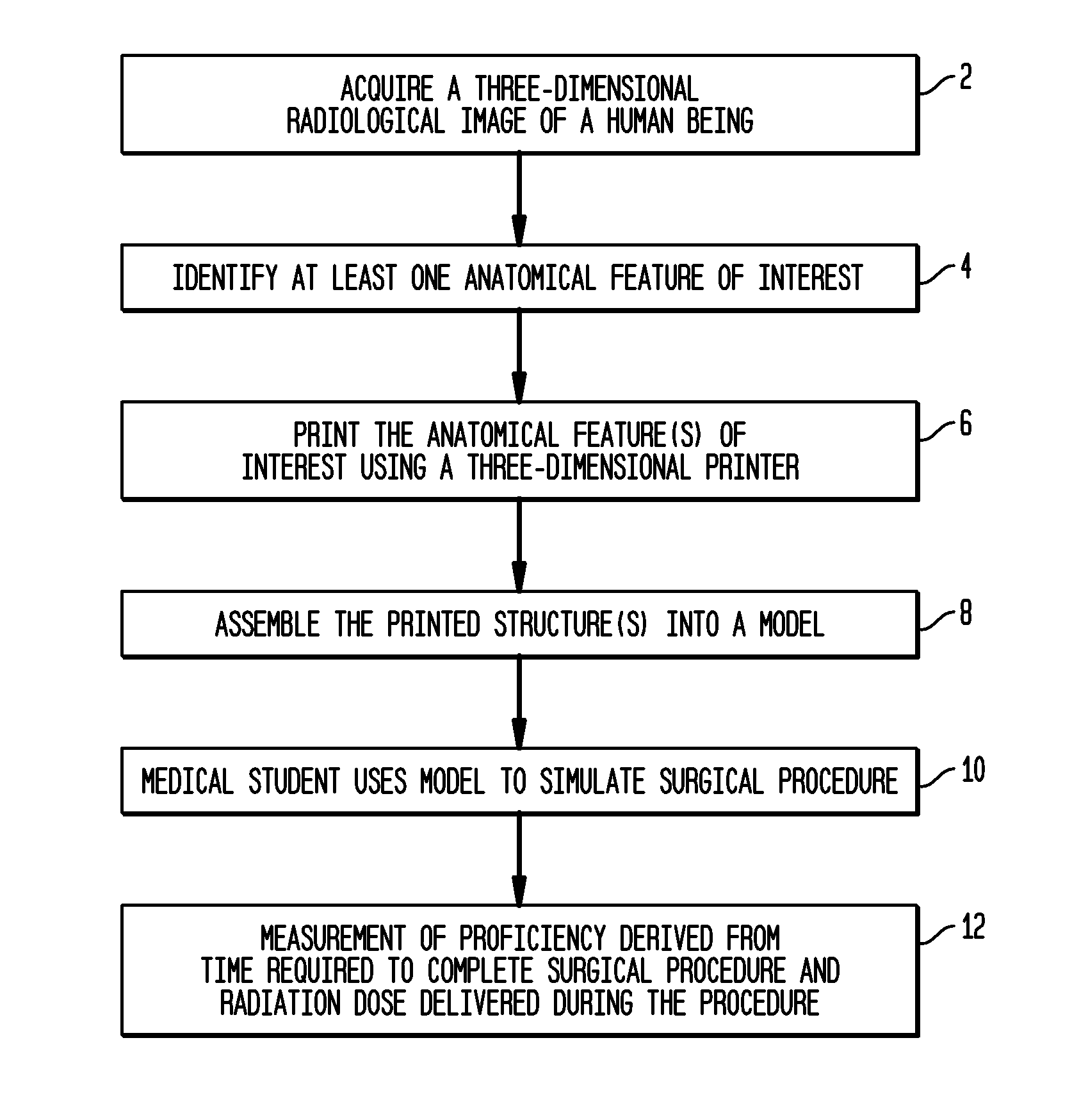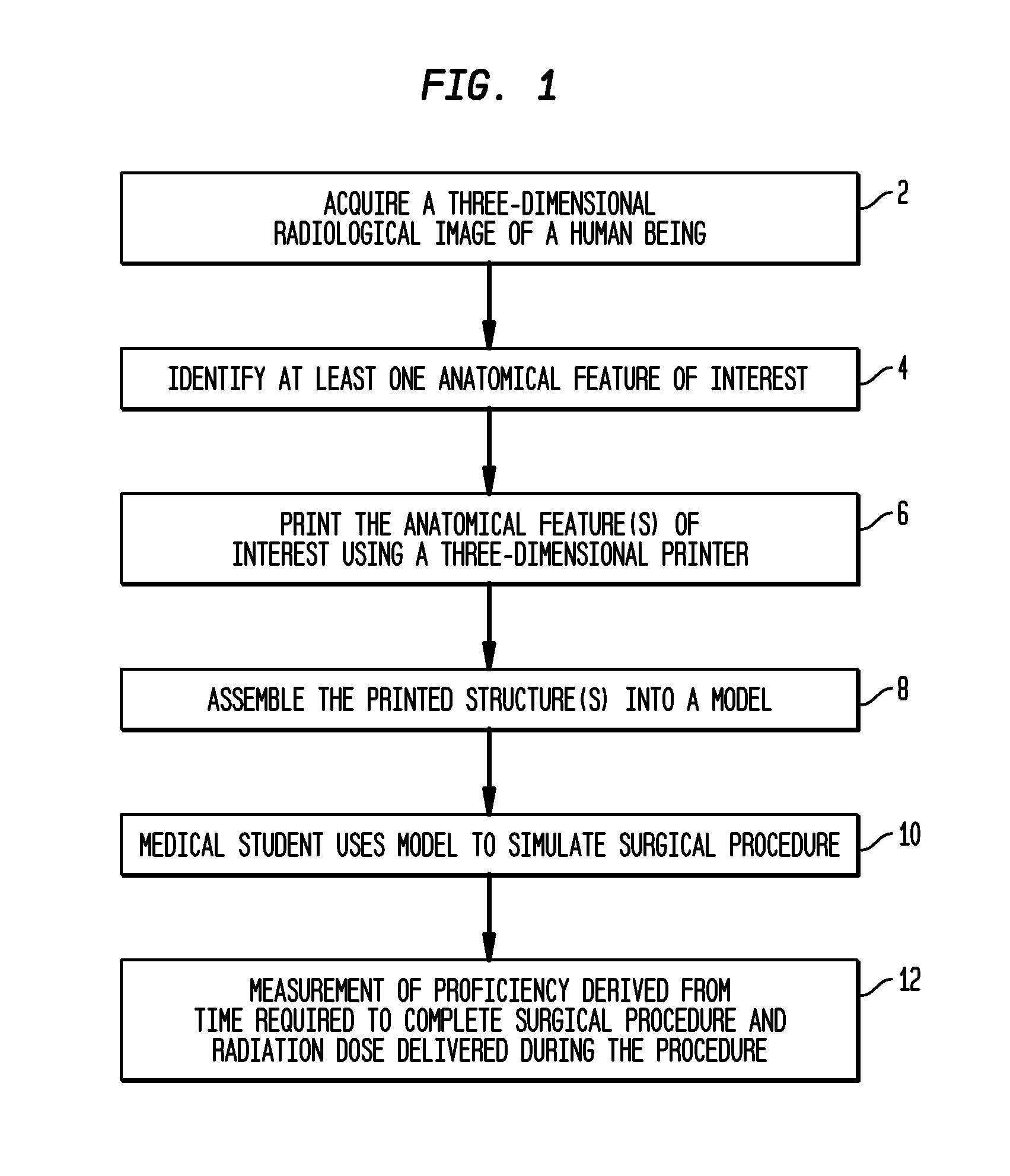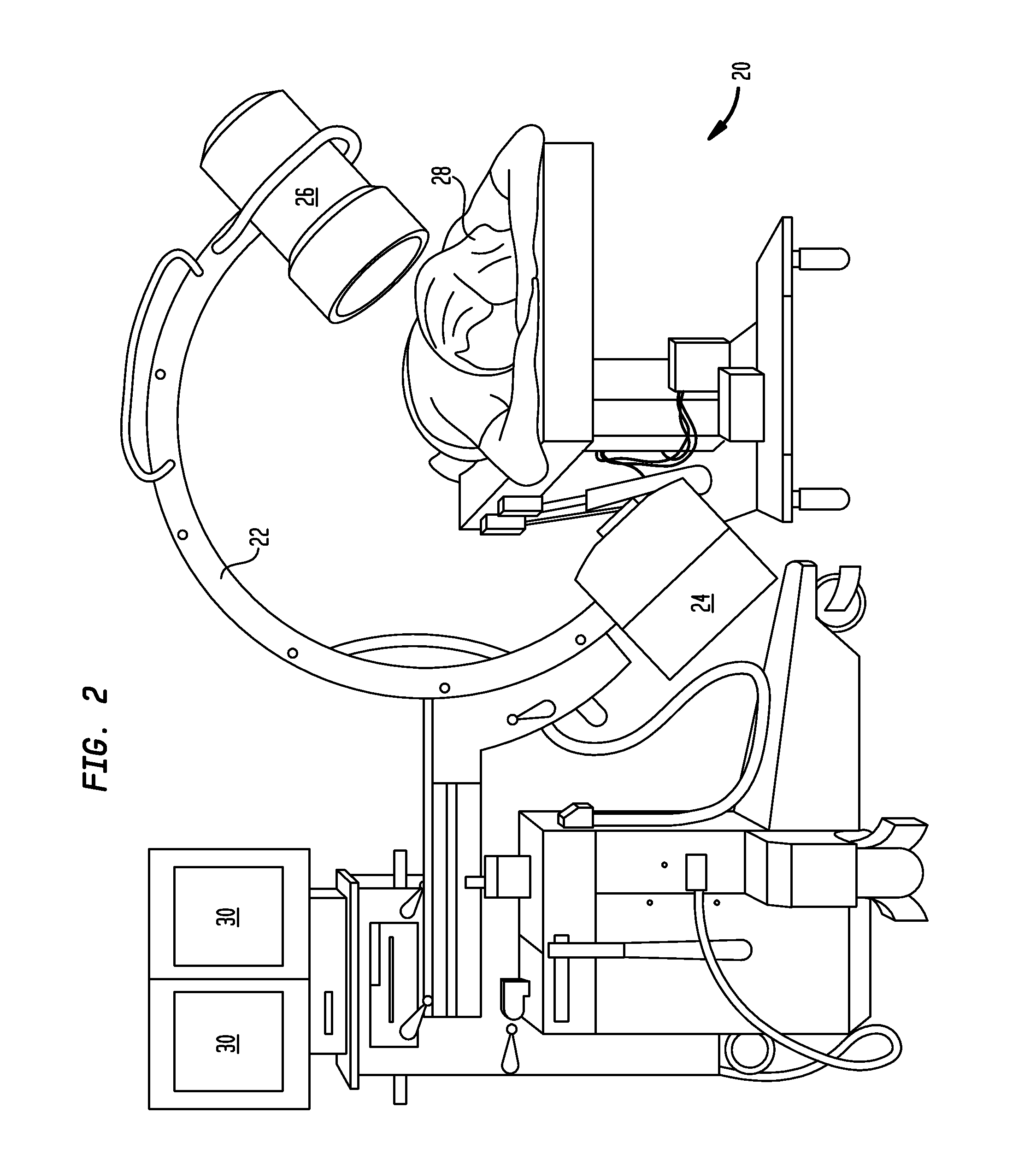Simulation system and methods for surgical training
a simulation system and surgical training technology, applied in the field of surgery, can solve the problems of standardized training methods for surgeons, patients requiring surgery rarely conform to such standardized models, and existing model-based training methods
- Summary
- Abstract
- Description
- Claims
- Application Information
AI Technical Summary
Benefits of technology
Problems solved by technology
Method used
Image
Examples
Embodiment Construction
[0023]In the Figures, the same element is always indicated by the same reference numeral. The Figures are not to scale, and details may be enlarged or eliminated for clarity. Corresponding elements in different embodiments are indicated using primed reference numerals.
[0024]This description assumes that the invention will be used by a medical students to simulate surgical operations carried out on a human being. However, the invention can also be used by a surgeon to refresh his or her skills or to learn new or advanced skills, and the invention can also be used to practice surgery on animals.
[0025]In accordance with a preferred embodiment of the invention, in an initial step 2, a three-dimensional radiological image (not shown) is acquired of a region (not shown) of a human being (not shown). This image acquisition can be carried out by e.g. using a CT scanner, an MR imager, or any other medical imaging modality. If for example the invention is to be used help persons develop profi...
PUM
 Login to View More
Login to View More Abstract
Description
Claims
Application Information
 Login to View More
Login to View More - R&D
- Intellectual Property
- Life Sciences
- Materials
- Tech Scout
- Unparalleled Data Quality
- Higher Quality Content
- 60% Fewer Hallucinations
Browse by: Latest US Patents, China's latest patents, Technical Efficacy Thesaurus, Application Domain, Technology Topic, Popular Technical Reports.
© 2025 PatSnap. All rights reserved.Legal|Privacy policy|Modern Slavery Act Transparency Statement|Sitemap|About US| Contact US: help@patsnap.com



